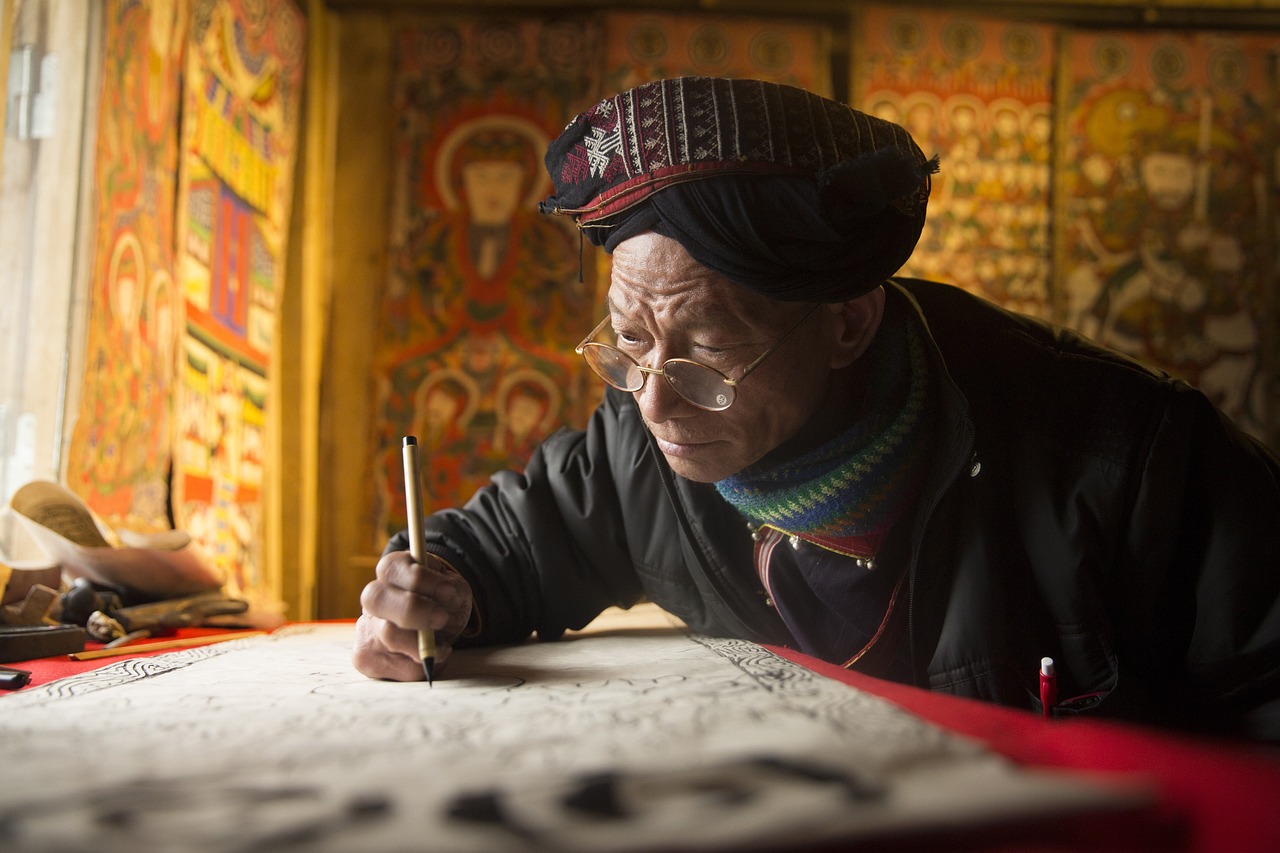
Pre-reading questions:
- What is the significance of drawing as a means of expression and communication?
- In what ways can drawing be used as a therapeutic tool for individuals?
Vocabulary:
- express /ik-SPRES/
- gradually /GRAJ-oo-uh-lee/
- emotion /ih-MOH-shuhn/
- boost /boost/
- anxiety /ang-ZAHY-i-tee/
[verb] – to show a feeling, opinion, or fact
Sarah used colorful markers to express her creativity by drawing beautiful pictures.
[adverb] – slowly over a period of time or a distance
The sun began to set, and the sky gradually turned from bright blue to a soft orange color.
[noun] – a strong feeling such as love or anger, or strong feelings in general
When Maria watched the sad movie, tears rolled down her cheeks, showing the strong emotion she felt.
[verb] – to increase or improve something
Drinking a glass of fresh orange juice in the morning can boost your energy and help you feel more awake throughout the day.
[noun] – an uncomfortable feeling of nervousness or worry about something that is happening or might happen in the future
Before the big exam, John felt a fluttering sensation in his stomach, which was a sign of anxiety.
Article reading:
When we engage in drawing, we enter a state of flow. In this state, our mind becomes fully absorbed in the present moment. The worries and stress that plague us in our daily lives gradually fade away as we immerse ourselves in the process of putting lines and shapes on paper. This focused concentration brings a feeling of tranquility and peace, allowing us to escape the noise and chaos of the outside world. Drawing becomes a form of meditation, enabling us to disconnect from our worries and connect with our inner selves. Drawing is a powerful tool for self-expression and self-discovery. It allows us to communicate thoughts, emotions, and ideas non-verbally. Through drawing, we gain clarity and insight into our feelings and experiences. It creates a safe environment for exploration and experimentation, where mistakes are valued as opportunities for growth and resilience.
Scientific studies confirm that drawing boosts happiness and well-being. It releases endorphins, reduces stress, and serves as a therapeutic agent for anxiety and depression. Regardless of your skill level, grab a pen and paper and discover the immense joy and serenity that drawing can bring.
Comprehension questions
- What benefits can drawing provide for our well-being?
- How does engaging in drawing help us escape from daily worries and stress?
- What have scientific studies shown about the effects of drawing on happiness and well-being?
- What should you do, regardless of your skill level, to experience the positive effects of drawing?
- How does drawing create a safe environment for exploration and experimentation?
Discussion questions
- Have you ever tried drawing? If so, can you describe how it made you feel or what you created?
- Can you recall a time when drawing helped you forget your worries and brought a sense of peace?
- Do you agree that drawing allows us to escape the noise and chaos of the outside world?
- Can you think of any other creative outlets besides drawing that can have a powerful impact on emotions? Please elaborate on your answer.
- How important do you think it is for individuals to find activities that bring happiness and calmness to their lives? Why?